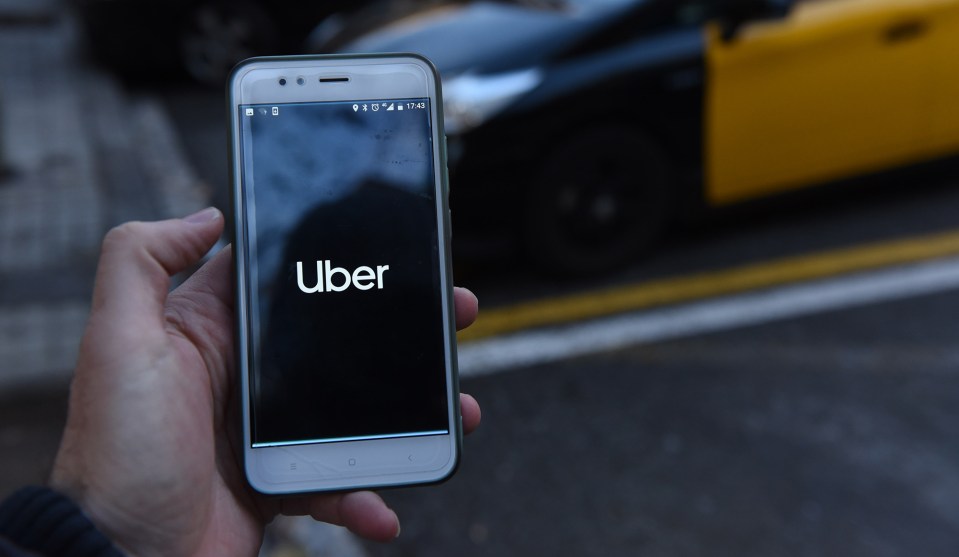
John Milner/SOPA Images via ZUMA
I don’t get it. After many years I still don’t understand the whole Uber model. I mean, it’s basically to lose money on each transaction but to make it up in volume. Sure, whatever, but they already have enormous volume and they’re still losing money on each ride. When do they start charging market prices?
One option is to go the classic monopolist route that Amazon follows: charge low prices to build market share and then destroy what’s left of your competition. Then raise prices. But what are the odds that Uber can do that?
As for robot cars, I really don’t get that. If and when technology gets to the point that driverless cars become reality, Uber will certainly have no monopoly over it. Just the opposite. Everybody will have it. So how is that supposed to save the company?
They don’t even own the cars, so they can’t turn them into rolling billboards or something. So what’s their play? I’m just mystified by the whole thing.
















